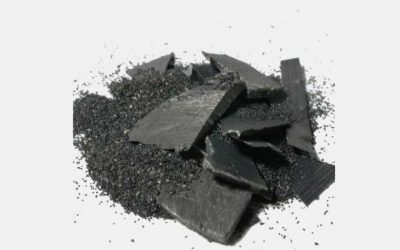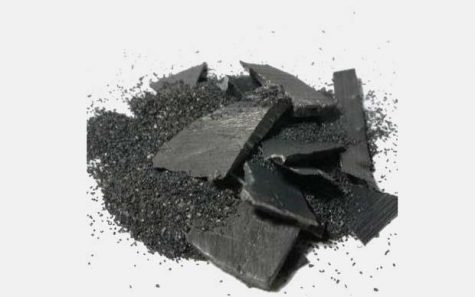What’s all the Fuss About Thorium Reactors?


Nuclear power is clearly failing. Power plants just cost too much, and with Westinghouse’s bankruptcy earlier this year, the number one producer of nuclear reactors is gone. On top of that, many currently-open nuclear power plants are shutting down, including plants near Cleveland, such as Perry Power Plant. However, nuclear power may just have been pulled back from the grave. Why? On August 28, a Dutch firm called NRG (Nuclear Research and Consultancy) has started up the first thorium salt reactor in 40 years.
What about this is so important? The reason why this event was viewed as a big thing was because these reactors are known to be self-regulating. This means the reactor does not release deadly radiation (melting down) as easily as other reactors, and because the salt is a solid that when melted, can freeze quickly, it can also self-seal leaks (to a certain degree).
Why was the matter left untouched for so long? While thorium reactors can “provide the world with nearly limitless energy” (According to The Geek, an online tech news website) money is an important factor in getting a new technology to be commercially used. And while it is possible to build these molten-salt reactors, they are incredibly difficult to make, and when something is challenging to make, the price goes up. Due to the fact these reactors are so expensive, the ability to maintaining multiple of these reactors cannot be sustained from an economic point of view.
However, while these reactors can be very expensive, the actual maintenance of them isn’t a problem. Fewer controllers are needed to operate the reactor, and it is not necessary for them to stick around long in the event of an emergency. During an emergency, the supply of salt is cut off from the reactor, stopping the reaction, and leaving less leftover radiation. For comparison, lowering the control rods may take a few seconds, but the reaction takes time to stop, and during that time, the containment dome may rupture and release deadly radiation. However, the thorium molten-salt reactor is still a fission reactor, and fission reactors still emit radiation. If there is a serious rupture to the containment dome, in the case of an emergency where the salt supply is cut off, the reactor will emit all the leftover radiation inside, and will pose potential health hazards to residents in the surrounding area.
In addition, the salt itself is poisonous, and if it gets into the water table, it could wreak havoc upon the ecosystem and its residents. However, the products produced by the reactor remain radioactive for 300 or so years, whereas waste from normal reactors can stay radioactive for up to 1,000 years. Plus, many countries utilize this waste in their nuclear weapons programs and produce nuclear bombs. However, the waste produced from a thorium reactor are extremely hard to weaponize, something that could potentially deter countries from investing money in nuclear programs. This could also be a major step forward in the process of world nuclear proliferation, and a step forward to a safer world.
All things said, this powerful reactor technology could go one of two ways: It could be abandoned once again, or it could take the place of traditional nuclear reactors. It really all comes down to the public’s opinion and their willingness to pay for it.






